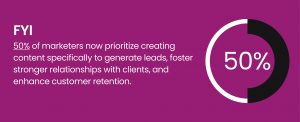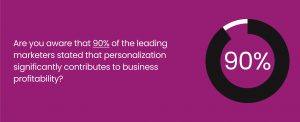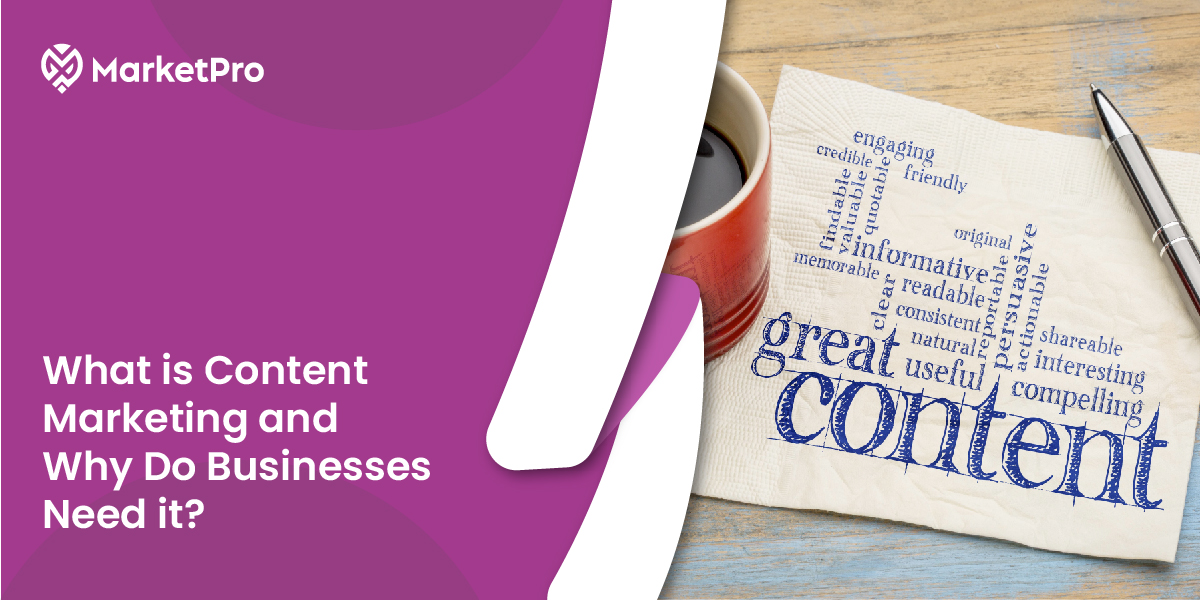For a long time, businesses have been chasing clicks, likes, and shares – the attention-grabbing numbers that show how people interact with them. However, “Your content shouldn’t be an ad–it should be an answer” is the approach that highlights why retention rate is now becoming the key metric for measuring success in content and other areas of marketing. Research by Frederick Reichheld of Bain & Company stated that increasing client retention rates by 5% increases profits by 25% to 95%.
Retention in content marketing isn’t just about the form of engagement; it’s a smarter and more strategic technique that brings the audience to your content repeatedly. By focusing on retention, marketers can ensure that their efforts lead to lasting impact, driving sustained growth and loyalty in an increasingly competitive digital outlook.

Retention Rate Vs. Engagement Rate – The Quick Analysis
Retention and engagement are the dynamic duos of any successful B2B project, business, or digital platform. They are distinct but work together to achieve successful outcomes. But what exactly do we mean by engagement vs retention? Let’s break it down into simple words with examples.
The retention rate primarily measures how well a business keeps its audience and clients returning to the content over a specific period of time. It provides the percentage of individuals who continue to engage with the content after their first visit. Let’s see it with an example.
The engagement rate is a metric that measures the level of interactions, including likes, shares, downloads, and comments received by the audience on a piece of content. The relative website engagement rate denotes the number of people who have seen your content. Knowing these statistics helps businesses gauge how effectively their content resonates with their target audience.
Why Retention is More Important Than Engagement?
Create content that adds value, not just views.
Current customers spend 67% more money on average than the ones who are new to the business. Engagement doesn’t equal loyalty; scrolling through the social media feed for hours doesn’t mean users are truly invested in the brand. While they may enjoy the content, they could easily be swayed by the next distraction. Retention, however, reveals the users who find genuine value in the product or service—they engage with your b2b brand and keep coming back for more.
This shift isn’t just a trend – it’s the new standard. And to rise to it, you need to double down on your customer engagement strategy.
Unlike engagement, which may not always convert into sales, retention focuses on building lasting relationships. Customers who stay with the brand not only offer consistent revenue but also become advocates, helping grow the business organically. Additionally, focusing on retention is a smart strategy for customer acquisition costs. Rather than chasing new users, shifting the focus to retaining existing ones is a proven way to save resources, increase profitability, and ensure long-term success.

Whether it’s crafting personalized emails, generating blog posts, or optimizing social media advertising, AI is revolutionizing the way marketers create, analyze, and deliver content. The AI tools help streamline workflows, boost creativity, and enhance audience engagement, making them an essential asset in today’s competitive marketing landscape. However, the need for human oversight in strategic planning is still important for content marketing.
Effective Retention Strategies in 2024 Using Content Marketing
In a recent content marketing institute B2B survey, 80% of the marketers claimed that content had been used to increase brand awareness in the last 12 months. Therefore, content plays a significant role in customer retention as it delivers ongoing value to customers even after their initial purchase. Useful information, insights updates, and tips that resonate with the client’s interest and requirements keep the audience engaged and connected to the brand. Let’s thoroughly explore the key 5 retention strategies elaborated below for a comprehensive understanding.
-
Personalized and User-Friendly Content Experience
The concept of personalized and easy-to-understand content is based on the user’s behavior, demographics, and preferences. One of the most successful strategies for retaining customers includes the use of dynamic content blocks in emails and on websites that are adjustable according to user data. It will ensure that each visitor sees the most relevant information. Additionally, using advanced analytical tools helps you segment your audience and deliver the targeted content that resonates with them.

-
Content Analytics and Feedback Loops
Content marketing provides a platform for feedback that enables customers to express their opinions and make them feel heard. Businesses can conduct the survey using comments or Google Forms to understand what their audience likes and wants more. It also refines the content strategy for effective outcomes. Furthermore, the use of tools like Google Analytics or content-specific metrics can track user engagement while identifying which type of content is more result-oriented.
-
Track the Right Metrics
When businesses do not focus on content a lot, it becomes impossible for them to focus on multiple goals. Businesses need to go beyond the basic engagement metrics. Additionally, they need to look for repeated visits and sign-ups as this shows them how committed their user is to the process. So, track the right clicks, impressions, and shares.
-
Effective Use of Email Marketing
Marketers saw a 760% rise in their earnings by using email marketing strategy that targets a specific audience. Businesses should use segmentation to send personalized content based on customer behavior or preferences. It increases the chances of your users engaging and returning to your content. Moreover, implement automated drip campaigns that introduce users to different aspects of your content.
-
SEO and Content Discovery
97% of people learn more about local businesses through the internet. Therefore, creating strong internal linking structures is important to guide the users from one piece of content to another and keep them on your website longer. Additionally, optimizing your content and website is also crucial so that it is easily discoverable by people searching for relevant keywords and putting in search queries. It helps in bringing back users who are searching for the information you provide.
The Role of Retention Rate in Long-term Business Success
The art of keeping your customers around for the long haul is crucial as it determines the long-term success of any business. Therefore, it reflects the direct impact of growth, profitability, and sustainability. Here are the fundamental areas where a good retention rate influences long-term success.
Repeated Purchase
A good retention rate helps nurture existing customers, encouraging them to make repeated purchases. The more frequently the customer returns, the more stable the revenue stream becomes. Repeated interactions create opportunities for upselling and introducing new products or services.
Cost Effective Strategy
By focusing on customer retention, businesses can reduce marketing and acquisition costs. Retained customers already have a positive association with the brand, so less effort and resources are required to convince them to make a purchase. Therefore, businesses that prioritize retention often enjoy lower costs per sale, improving overall profitability.
Improved Brand Authenticity
High customer retention often reflects improved brand authenticity. When customers repeatedly choose your brand, it suggests they trust your product or service. A loyal customer base can also serve as a brand advocate, spreading positive word-of-mouth and enhancing your reputation. This brand loyalty can shield businesses from competition and market fluctuations, offering long-term stability.
Boost Your Retention Rate With MarketPro Strategic Plans
Are you struggling to keep your customers engaged? Since the retention rate is the new engagement rate, and it’s no longer enough just to attract the users – you need to keep them coming back! Our team at Market Pro understands what it takes to nurture relationships with your customers. We specialize in content marketing strategies that not only grab attention but also build long-lasting connections with your audience.
Whether it is a blog or any email marketing campaign, our high-quality and engaging content speaks directly to your audience’s needs. With proven strategies, you’ll see the difference, as it is the key to long-term business success. Market Pro can help you achieve it.
Ready to build a customer base that sticks around? Contact us today, and let’s take your retention rate to the next level!!






